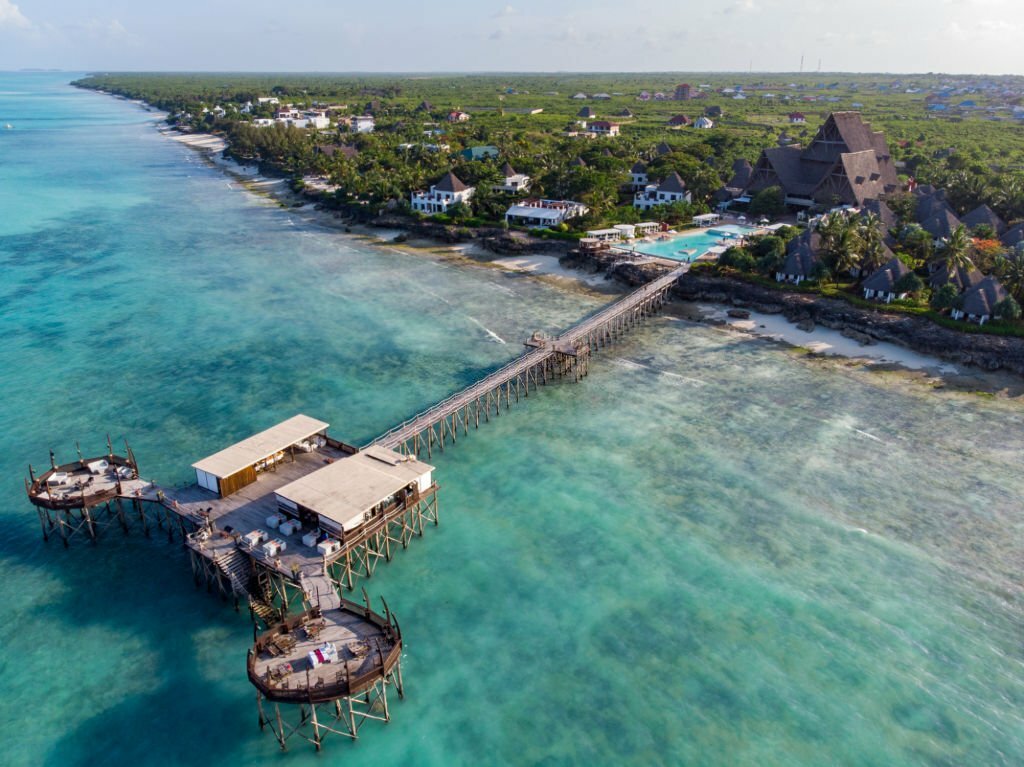Lake Manyara is a shallow freshwater lake located in the East African Rift Valley in Tanzania. It is part of Lake Manyara National Park, which encompasses the lake and the surrounding area. The park is known for its diverse ecosystems, including the lake, dense woodlands, and open grassy areas.
Here are some key features and aspects of Lake Manyara:
Location: Lake Manyara is situated in northern Tanzania, approximately 126 kilometers (78 miles) west of Arusha. It is one of the stops on the popular northern safari circuit.
Wildlife: The park is home to a wide variety of wildlife, including elephants, giraffes, hippos, baboons, and various species of antelope. One of the park’s highlights is its tree-climbing lions, a unique behavior not commonly observed in other parts of Africa.
Birdlife: Lake Manyara is renowned for its diverse bird species. The lake attracts large flocks of flamingos, as well as numerous other water birds, making it a haven for birdwatchers.
Scenery: The landscape around Lake Manyara is diverse, featuring a mix of forests, open plains, and the lake itself. The Great Rift Valley escarpment provides a stunning backdrop to the scenery.
Vegetation: The park is characterized by different vegetation zones, ranging from dense groundwater forests to acacia woodlands. This diversity supports a rich array of flora and fauna.
Activities: Visitors to Lake Manyara National Park can enjoy game drives, birdwatching, and cultural encounters with the local Maasai people. The park is relatively compact, making it suitable for a day trip or a stopover during a longer safari.
Lake Manyara and its surrounding national park offer a unique safari experience with a mix of wildlife, landscapes, and cultural elements.







